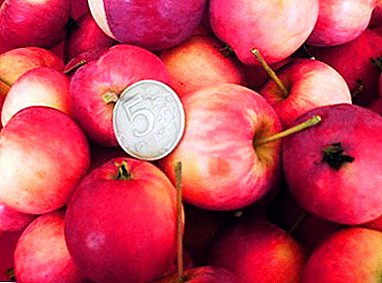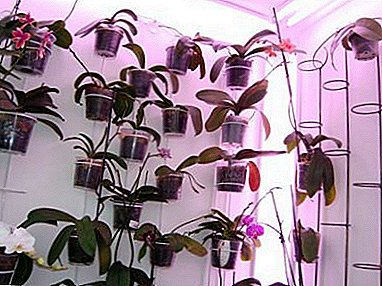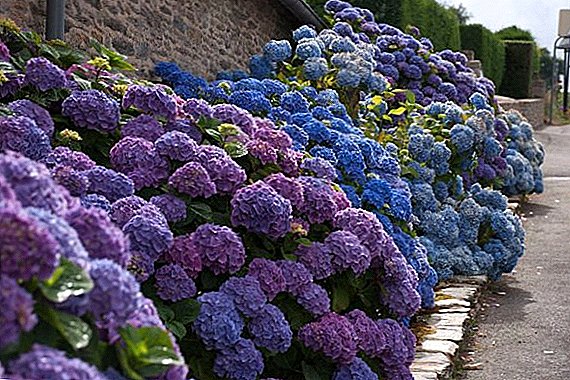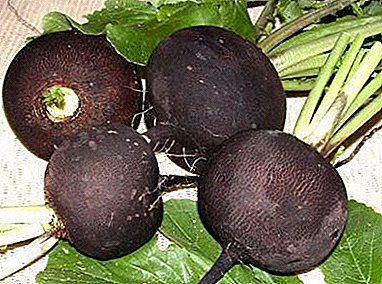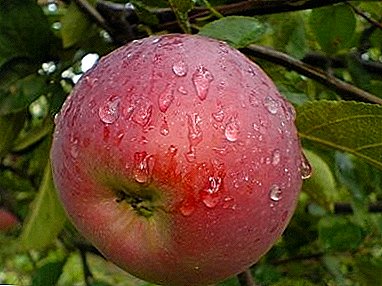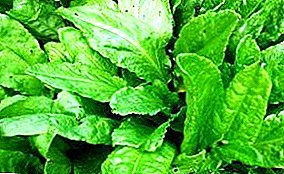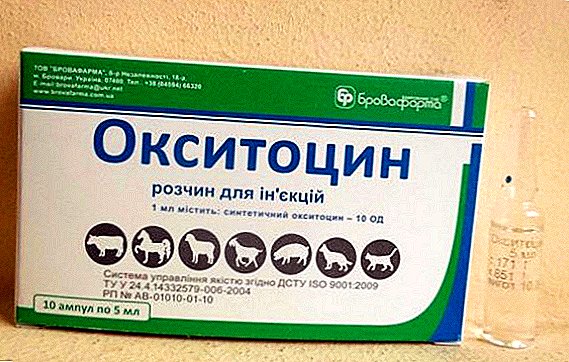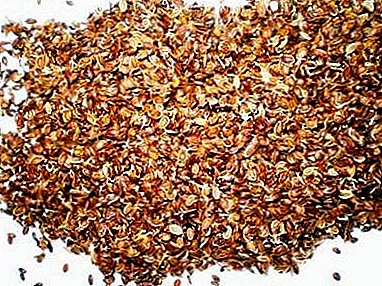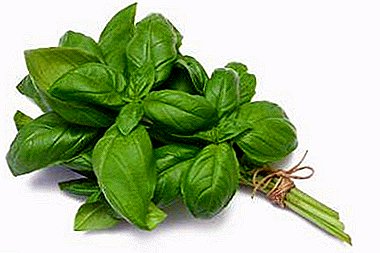
Basil is an aromatic condiment used in the preparation of many different dishes.
Basil is used both fresh and dried. It is important to know when it is better to collect basil so that it will retain its aroma and beneficial properties for a long time.
Our article will tell you how to cut the leaves of a plant correctly in order to get a tasty and fragrant crop and at the same time so that the bush continues to grow and please you further.
When to start harvesting?
In order to grow 2-3 basil crops in one summer season, it is necessary to know at what time it should be harvested. Choosing the right time to collect basil will keep its spicy aroma as long as possible.
Important! The collection of spices is carried out when young plants reach a height of 15-20 cm. As a rule, this time falls on the second half of July and the beginning of August.
To dry a plant, you need to start collecting it before it starts to bloom.. As soon as the first buds appeared on the bushes, you can harvest your first harvest. After the plant ottsvetet, the leaves largely lose their aromatic properties.
The collection of seeds from the bushes is carried out later, when the inflorescence of the bushes has already faded, become dry, and has acquired a brown color. It is important to have time to collect before the inflorescences begin to crumble on the garden bed.
What time to harvest greens?
Certain time during the day to collect basil can not be allocated. You can stock up at any time. The main condition for the collection is sunny, dry weather.
During dampness, excess moisture accumulates in the leaves. If you collect basil after the rain, then there is a chance that the crop will sopret.
How is it better to cut or root?
 In order for basil to delight you with its harvest several times in one summer season, cut the leaves of this spicy grass, and do not tear it out with the root. If you pull out the bushes with the root, then you can already forget about re-harvesting.
In order for basil to delight you with its harvest several times in one summer season, cut the leaves of this spicy grass, and do not tear it out with the root. If you pull out the bushes with the root, then you can already forget about re-harvesting.
It is not necessary to cut off the entire bush, but part of the leaves, leaving 3-4 leaves on the main stem of the plant.
It is the partial cutting of the leaves, and not completely the entire bush will allow to increase even richer leaf mass. If the bush is cut off completely, then the re-harvest will have to wait much longer.
How to harvest the leaves?
- At the first leaf harvest, during the garden season, cut the leaves together with the tips of the shoots so that the plant begins to branch even more.
- When re-cutting the leaves of basil plant tops do not tear, because in this case, the inflorescence of basil will not appear.
- Liberally water the plants after harvest, dressing is allowed during watering.
- Rumble the soil between the bushes.
We offer to see a useful video on how to collect basil leaves:
Instructions for collecting seeds
Algorithm of actions:
- We cut off inflorescences that have already faded. These include dry brown inflorescences.
- Put them in a dry, ventilated area. Inflorescences should dry completely.
- Crush dried inflorescences, remove garbage.
- We place the seeds in paper bags or bags of fabric so that the seeds do not dampen during storage.
Basil seeds are stored in a dry place at room temperature. and remain viable for five years.
From the following video, you can learn how to collect basil seeds:
How many times a year can you cut the leaves?
 If you grow these healthy bushes of spicy grass at home, then you can harvest all year round. When grown in the open ground, harvesting basil is carried out 2-3 times per season. before or at the beginning of flowering, at this time the young shoots and leaves are most fragrant.
If you grow these healthy bushes of spicy grass at home, then you can harvest all year round. When grown in the open ground, harvesting basil is carried out 2-3 times per season. before or at the beginning of flowering, at this time the young shoots and leaves are most fragrant.
25-30 days after disembarkation, the first collection can be carried out As a rule, this is the end of July or the beginning of August, the second collection is carried out at the end of September, and the third collection can be made right before frosts for fresh consumption.
The main factors affecting the frequency of harvesting are weather conditions and the soil in which the spice grows. Basil grows poorly in a cold and very wet summer due to the fact that it does not receive the necessary power from the sun's rays. Acidic or heavy soils with a large predominance of clay will also adversely affect your yield.
How to store the crop at first?
Basil is tied up in small bunches and hung in a dark, warm, ventilated place. Also, plants can be expanded on the table, but only in a thin layer. Only in this way can all the leaves dry out and the crop does not get moldy.
Dry basil in the sun can not. So that it does not lose its beneficial properties, and also so that the accumulated essential oils do not evaporate, the storage temperature should not exceed +35 ° C.
Important! It is necessary to dry the plants until they begin to rub themselves easily into the palms. If you did everything right, then basil will retain its natural color and flavor.
Collect spice in the allotted time. Guided by the rules described, you save all the useful properties of basil. Proper collection of basil will allow you to provide yourself with natural vitamins for the whole winter.


